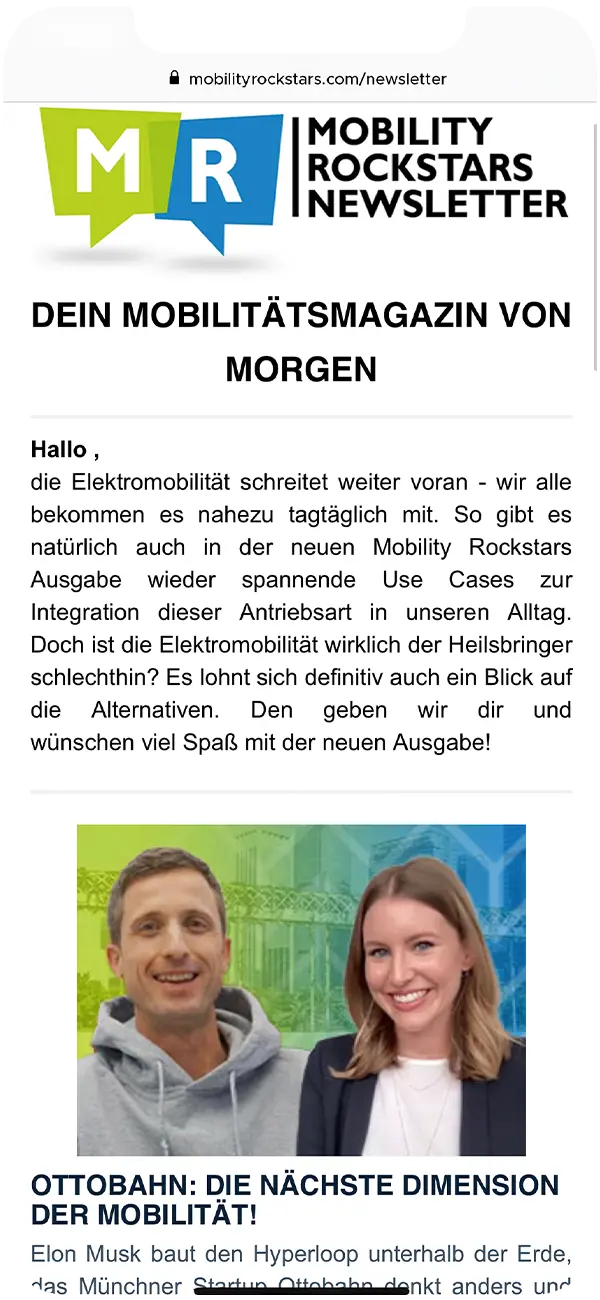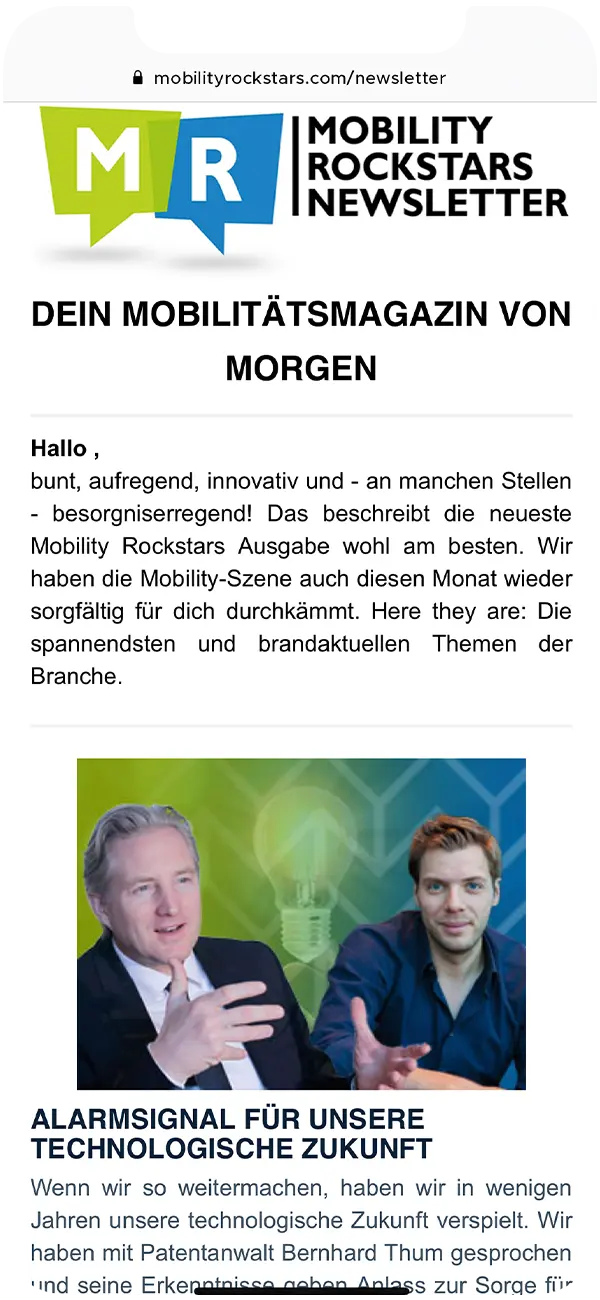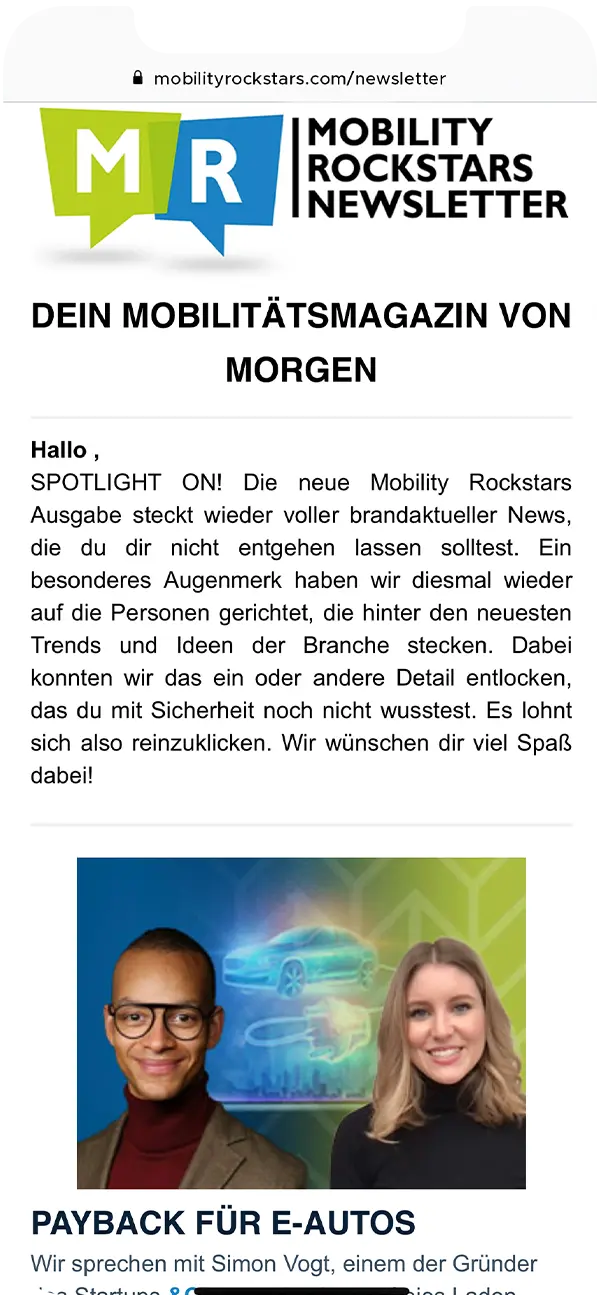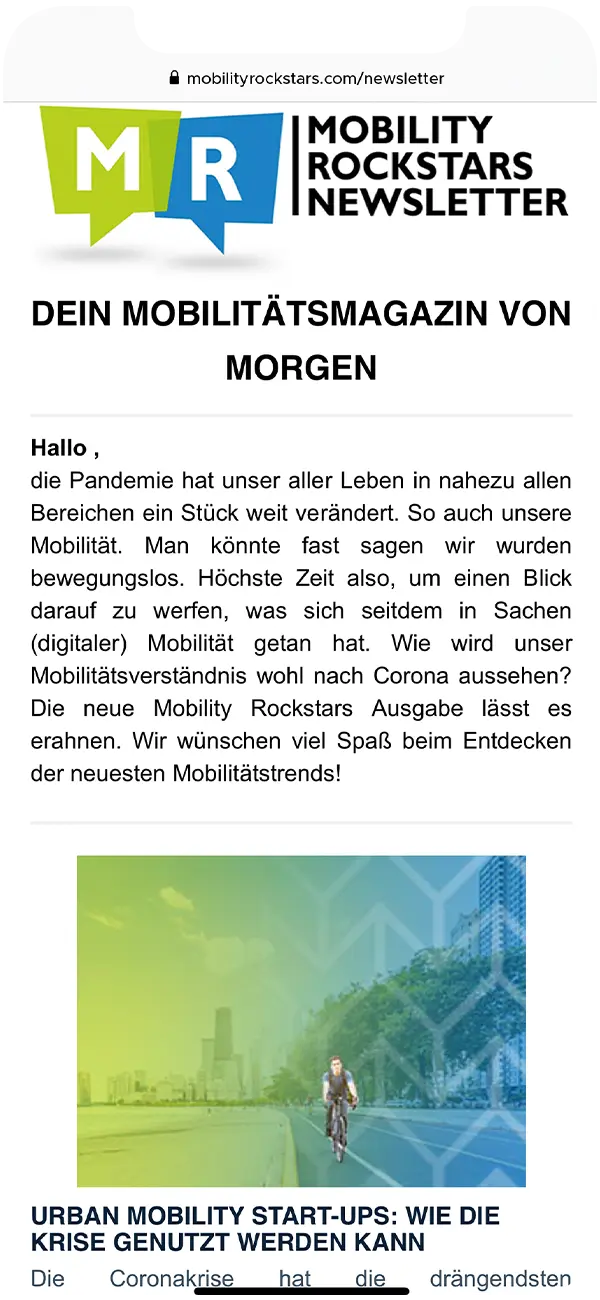Digital Car Key 3.0 – Keychain was yesterday
We all know this one movie scene: the hero of the movie escapes to the car parked in the lonely, dark parking lot. He loses the key in the dramatic crescendo of the score, has to fish it out from under the car and now tries in a panic to sift through the multitude of keys in order to unlock the car in time - naturally only original with trembling fingers - and get in without seriously scratching the sponsor's car. Safe at last, whew. It is just as certain that skeptical viewers of this scene will wonder why the protagonist can't find the car key, which is easy to identify on the key ring, and yet another certainty just suggests itself: Physical keys are totally out and out of date. And downright ridiculously impractical in parking lot escape situations. It would have been easier for the hero of our little intro if he had unlocked the vehicle via app on the way to the car. Then there would even have been enough time to already start the engine, start the favorite playlist and preheat the heating to a pleasant 22 degrees Celsius. Escape into the future, and do it in style - if you can, you can, thanks to digital car keys on your cell phone.
How this concept works, how safe it is and what the Mobility Rockstars have to do with it is revealed in this article - enjoy!

Marc
Marketing Professional
12.04.22
Ca. 17 min
Digital Car Key – What is it?
The basic concept of the digital car key seems obvious: vehicle owners no longer use a physical key, but instead a digital key on their smartphone. Keys that actually have to be inserted into the lock have been old news for years. Car keys already send a signal, sometimes from hundreds of meters away, and, depending on individual settings, can not only open the vehicle but also make preparations specified via app or in the car. This ranges from switching on the auxiliary heating to the feel-good ambient light. In the case of the Digital Car Key, we are initially “only” talking about a classic key in digital form. However, this one is also more versatile than one might think of at first moments.
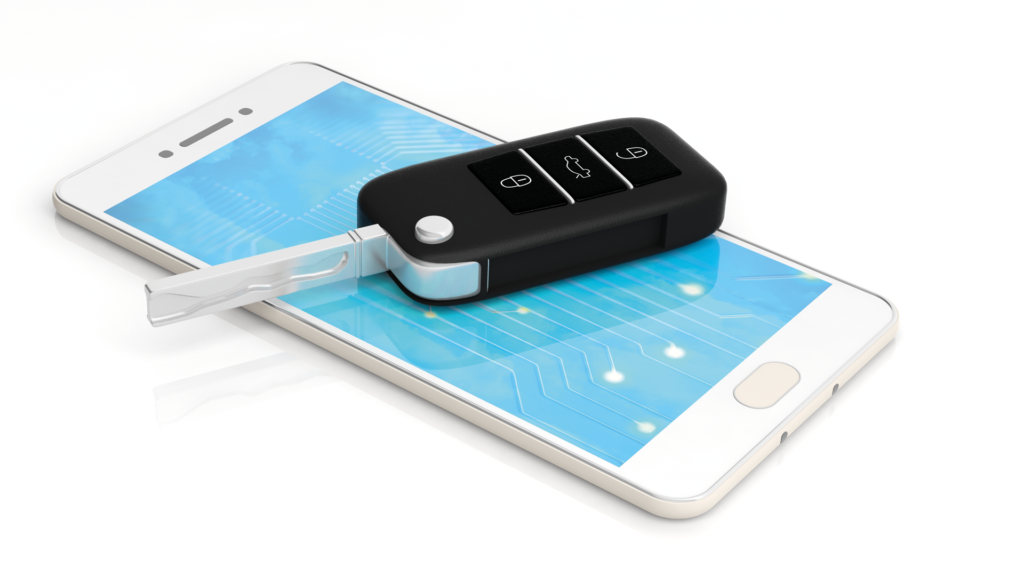
So it goes without saying that I can unlock and lock my car with a digital car key, of course. And I can’t lose such a key so easily either. Sure, a cell phone can also be lost, but the apps on it are not lost, but can be restored on replacement or new devices. Further advantages are, for example, that such a digital car key can also be passed on to third parties via app without physically meeting. A practical example from everyday life would be a vacation trip during which the vehicle has to be removed from the underground car park due to cleaning work. You yourself are just tanning under the glorious vacation sun, and the neighbor you have unfortunately neglected to leave the spare key. No problem with a digital car key: Simply send it via app and the German’s neighbor can drive out of the underground garage without any problems.
More than just unlocking – the possibilities of the Digital Car Key
Now, however, the very sympathetic, but also chronically burned neighbor should not sell the car in silver at best. It is practical if the owner can now set individual parameters before using the digital key. First, for example, we have a one-time use so that the key can only be used exactly once before it expires. We also set a mileage limit so that the neighbor please very own gas to go shopping.
So far, so good. The vehicle is now parked in the residents’ parking lot in front of the house, the key has expired, the car is closed. Now, however, the helpful neighbor remembers that she left her wallet on the passenger seat. And their pizza. And the purchase, because so insanely strict we have not set the mileage limit – after all, the woman is really nice and helpful. So that she doesn’t go shopping again – after all, it’s also about insurance – you now specify with the new digital key that it can only be used to open the car, and only once. So let’s hope that this time the neighbor’s memory will work more reliably.
In addition, there are benefits such as precise tracking, so that vehicle owners always know where their car is, or speed limits – after all, we don’t want our son with his fresh driver’s license to be speeding down the city highway at 220 km/h as soon as we’re relaxing on the beach. Or at all, safety first.
Of course, digital car keys already exist – Google, for example, launched in 2021, and Apple’s CarKey has been available since iOS 13, the latter variant being used by BMW. Which functions are available individually is currently still OEM-specific. This may change in the future, thanks to certain standards – more on that in a moment. Cognizant Mobility, the parent company of Mobility Rockstars, is also working on an overarching solution that is future-oriented, expandable and absolutely secure. This would also close this circle, and we can take a look at the technology of the Digital Car Key.
Digital Car Key: The technology
To enable the technical basis of the Digital Car Key, three different technologies are used, namely NFC (Near Field Communication), UWB (Ultrawideband) and Bluetooth. Especially in the area of ultrawideband, Cognizant Mobility has already launched several successful products on the market, such as the Corona distance warning system or the forklift warning system.
The data of the digital car key is stored in a security element and is thus protected against misuse – we will come to this separately in a moment.
It should be emphasized, however, that the digital car key is also based on a standard, which we offer you in a white paper at the end of the article for direct reading as well as for free download. This standard is established and further developed by the “CCC” – “CCC” is the acronym for “Car Connectivity Consortium“. In the 20-page white paper, you can find out a lot more about the technology, plans and background to the Digital Car Key.
The Digital Car Key and NFC
The NFC technology, originally intended solely for use in the digital key, formed the basis. Interestingly, and from today’s perspective already outdated, the original plan for the car key via app was to hold the cell phone near the door handle to unlock the vehicle. Further development of Bluetooth and Ultrawideband now allow a much broader approach to the Digital Car Key. NFC offers a special advantage for the digital key that should not be underestimated in the smartphone age: The NFC chip has a very low power consumption and can therefore continue to supply residual power to the battery for some time even after the cell phone is switched off (e.g., because the battery is empty) – and thus allow the vehicle to be unlocked and locked for a period of several hours even with the cell phone switched off.
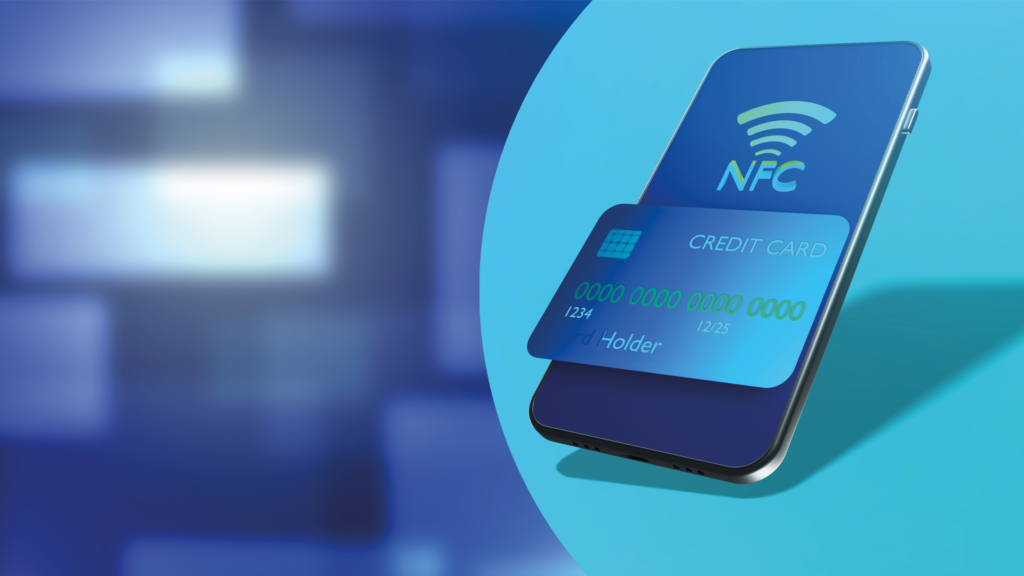
However, the advantage of the CCC standard, in which Cognizant Mobility is also involved, is already crystallizing here: it is changeable and can develop, analogous to the achievements of technology in the automotive sector.
Part of this standard is also the idea that the native app and its operating system is OEM-independent from the ground up, i.e. it is standardized. Of course, it is conceivable and possible that OEMs implement certain comfort functions, for example, paid extras, on in-house apps. According to the standard, however, all the basics are to be made usable across all vehicles on a native app. To this end, in the spirit of further development, Cognizant Mobility is actively engaged together with the CCC partners to share its know-how in the areas of UWB, NFC and BLE (Bluetooth Low Energy), antenna technology (see the very worth seeing team reel of our antenna technology expert Jens Mayer) and process experience together with a renowned OEM and to become a reliable partner in the future of the Digital Car Key.
Digital Car Key – How secure is it?
Especially for end users, the hairs on the back of their necks stand up when it comes to the absolutely unavoidable question of security: “What if I lose my phone? Can someone hack me and steal my car that way? What if the phone is off?”
The good thing is: All these questions can be answered easily, and the – justified – concerns can be debunked.
First of all, it should be noted that modern digital car keys have nothing to do with the not entirely unjustly discredited radio keys of the past. Some of their signals could be intercepted and copied, which could actually lead to misuse. With the digital car key, the key data is stored in a security element, e.g., the smartphone, which is equipped with all the possibilities of modern data protection.
In addition, users register an “owner device”, i.e. register their device on which the real key is stored. If the user now opens his vehicle, it recognizes that the car owner’s original smartphone wants to open the car, and can also tell how long the signal took to unlock from the device to the lock based on the “Time of Flight”. The combination of Bluetooth and UWB makes this ranging so effective that misuse is almost impossible. This technology is also well-tested, as it has been used for years in current vehicle keys that still send a signal to open by pressing a button. Loss of the vehicle key can also be easily prevented. The key of grandpa’s Opel Admiral was gone when lost at the lake. It was expensive to copy, and even for vehicles built after 2010, a replacement key could be costly to obtain and, incidentally, expensive as hell. It is true that a cell phone can also dive into a lake if the enthusiasm for cooling off was so great that it led to a spontaneous jump into the lake in a business outfit. However, the apps used can be easily reinstalled on a replacement device, the user registers a new owner device, and the job is done. Therefore, as the headline already anticipated, the bunch of keys is yesterday’s news and superfluous nowadays. Meanwhile, depending on individual settings, a digital car key also enables different access points, for example, via website or an app on the replacement cell phone.
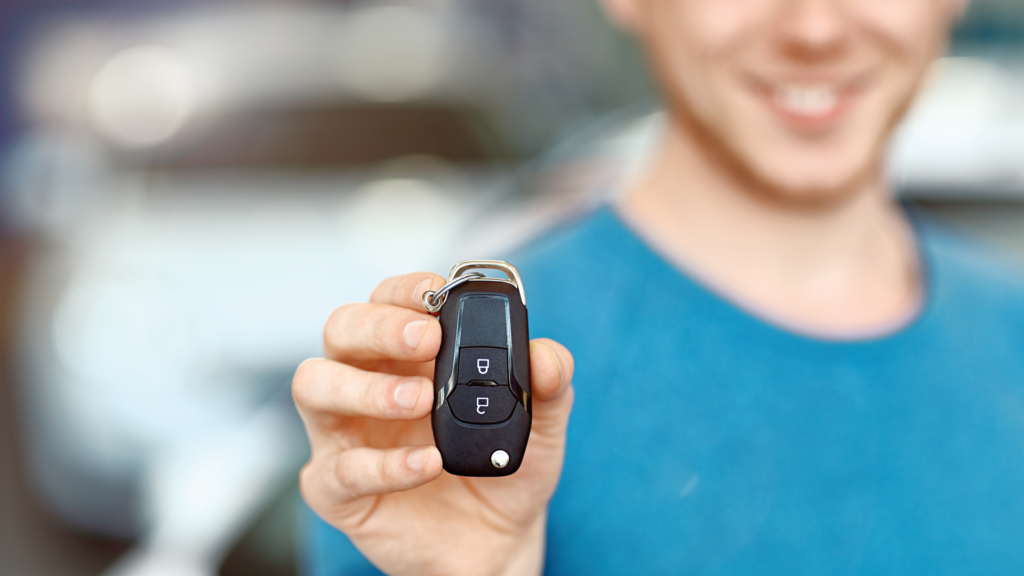
Digital Car Key – The Conclusion
When it comes to car keys, it’s obvious that there’s an advantage to having nothing on hand, or, to correct the half-baked pun, in your pocket. Digital progress favors digital uses and features. The days of the bulky key as a status symbol are over, just as today it is no longer only top-class models and expensive interiors that determine the quality standards of the automotive industry. Customer proximity is in demand, convenience features are desired, and sustainability is absolutely essential, more than ever in times of rising demand and associated costs for many raw materials. Digitizing the car key is therefore a logical step. This makes it all the more important to enforce the CCC standard to provide users with a multi-vendor user experience, which Cognizant Mobility is helping to deliver.
If you have any questions about the Digital Car Key and our experience in this field as well as related applications in your projects, please feel free to contact us so we can talk. Please use our contact form or write to us on LinkedIn – we recommend it anyway, because we post most of our activities there and you can easily stay up to date.
Digital Car Key – The Whitepaper
As promised, below you will find the CCC’s whitepaper on the Digital Car Key, which is also the author. Since the CCC offers the whitepaper publicly and free of charge, we would like to offer you the convenience of accessing it right here. Please note, however, that we are not the authors and do not claim to be, and that we cannot accept any liability for the content of the whitepaper. It’s really interesting though, and we definitely recommend you take a look if you’re interested in the topic – enjoy, and thanks for your time.
Still not enough? We’re glad to hear that – feel free to check out the other articles, some of which you’ll find if you scroll down just a very little bit. If you prefer to receive news conveniently in your e-mail inbox, you might also be interested in our newsletter, which you can subscribe to under this link – free of charge, of course.




